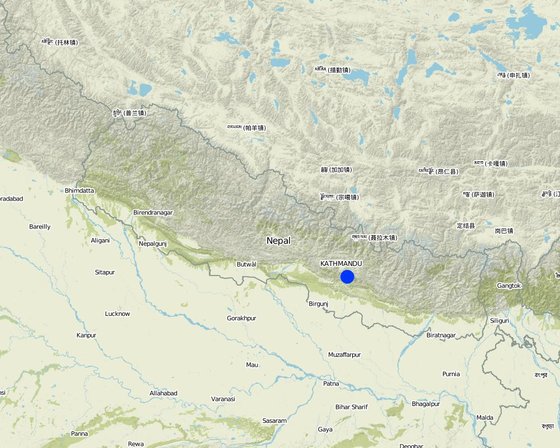

Aims / objectives: the village always lacked drinking water. People had to waste their extra time and effort to fetch water from rivers. this approach was born of combating the difficulty, thus to provide drinking water supply to their respective houses. This was the main aim of approach.
Methods: firstly, the experts from Bagmati Watershed Project measured. Their method was to observe and calculate directly with field visits. Then, project was completed with help of villagers. The maintenance was done by villagers themselves. The sources of water are lovated at the bank of river Policing in Lalitpur district and one at river Ghatte(Ghatte Khola) of ward number 2.
Stages of implementation: There are several stages of implementation:
stage 1: Expers from Bagmati Watershed Project firstly explore and measure the sources.
stage 2: Along with villagers, experts then planned and agreed upon the technology.
stage 3: Project then build the supply with labor donation from villagers themselves.
stage 4: Training was given to the villagers through meetings
stage 5: Maintenance is done by villagers themselves.
Role of stakeholders: Stakeholders ensured availability of resources, specified resources and their allocation. They were the pillars of success of this project as project went smoothly and successfully.

地点: Kavre, 尼泊尔
启动日期: 1994
终止年份: 2002
方法的类型| 该方法涉及哪些利益相关者/执行机构? | 指定利益相关者 | 说明利益相关者的角色 |
| 当地土地使用者/当地社区 | Participatory. There were no extra targets. Not exactly groups but it involved economically disadvantaged individuals/families. Though there were no special involvement or differentiation. | |
| 国家政府(规划者、决策者) | Group or stakeholders involved. | project under government supervision |
决策是由......做出的
决策是基于
The main training villagers got was learning by participation.
by project itself.
土地使用者的劳动力为
The water could be used for agriculture also for feeding cattle and the effort could be given to other agricultural activity.
Socially lacking. Like people blaned to be untouchables. The supply reached to their houses too.
Milche, Saaldhara UDCs are known to adopt similar approach.